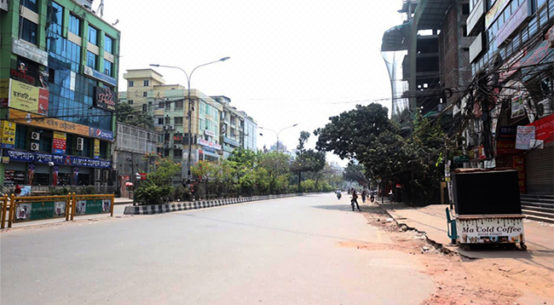Across the U.S., and around the world, extremes in weather patterns, from drought to excessive heat to flooding to wildfires to outbreaks of insect pests and disease have become frequent and are predicted to continue to become more intense because of climate change, and the warming of our planet.
These reoccurring climate-linked extreme events serve as warning signals that no state, country, or region is immune to climate change. Leaders and citizens in all areas must act with urgency to mitigate this existential threat to humanity.
These record-breaking and historical extremes in weather, impacting farmers and our ability to grow essential agricultural crops such as maize, wheat, soybeans, wheat, and vegetables including tomatoes, mark a pivotal moment for all of us, including scientists, and policy makers at both the state and federal levels. Much more needs to happen to strengthen agricultural systems of today so that crops can withstand these adversities.
As leaders around the world consider climate mitigation initiatives, they need to be sure to strengthen agricultural crops’ resilience to extreme heat, drought, insect herbivory and flooding, that have become increasingly common.
Like humans, crops are sensitive to drought and extreme heat and the interactions of drought and heat. When temperatures are high, normal crop growth and development is affected. Further, several important crop physiological processes such as respiration, photosynthesis and transpiration are affected by heat stress.
Similarly, agricultural crops including maize and vegetable crops such as tomato are also sensitive to excessive rainfall and flooding stress when it happens individually or in combination with other stressors. Evidence to date reveals that, in fact, excessive rainfall results in maize yield losses of comparable magnitude to drought.
Ultimately, because of extremes brought about by climate change, plants’ normal growth is affected with consequences for yields, food supply and security as well as agriculture. This is problematic for many reasons, including because agriculture is an important sector of economies of the US, the UK, France and many African countries.
Of concern are the cascading consequences and other legacy effects that may linger on, long after extreme events such as drought have happened. These legacy effects affect both soils, microbial communities living in the soils and the health of crop plants that are grown in years to come.
Clearly, there is an urgent need to have actionable strategies to help strengthen plants and agricultural resilience to drought, heat waves, elevated temperatures, flooding, extreme precipitation, and insect outbreaks.
Strengthening the resilience of agricultural and crop plants demands the incorporation of multiple actionable strategies.
Among the actionable strategies is to encourage farmers to adopt climate-smart practices. Climate smart practices include many approaches ranging from planting heat and drought tolerant crop varieties to planting varieties that have been bred to enhance their photosynthetic capacities and water use efficiencies when periods of stress occur, to applying products such as silicon and silicone nanoparticles to applying inoculants that are made from naturally occurring beneficial soil microbes that can confer tolerance to heat and drought among other stressors.
In addition, growers can adopt soil health conservation practices including planting cover crops, mulching, and practicing no till or reduced tillage. All these practices ultimately improve soil health. It’s a win-win,
In parallel, there is need to fund research to understand how agricultural crops respond to drought, flooding, insect herbivory outbreaks and other climate-linked stresses. There is need to fund research that breeds crops that can grow under the new climate extremes including crops that can grow and produce when two stressors happen in combination.
All these actionable strategies require some form of capital; hence it is important for growers to be assisted with the capital and other inputs they need to adopt climate-smart strategies and other soil health conservation practices. Governments, NGO’s, private funders must work together and create partnerships that seek to ensure that growers and researchers have funds needed to adopt these practices.
In dealing with climate change extremes that threaten the growth, development, and the health of agricultural crops that are important to meet our food security needs, we must choose to facilitate the adoption of practices that strengthen crops resilience to these stressors. Every investment in research and funding the adoption of these strategies by growers helps.
Esther Ngumbi, PhD is Assistant Professor, Department of Entomology, African American Studies Department, University of Illinois at Urbana-Champaign


